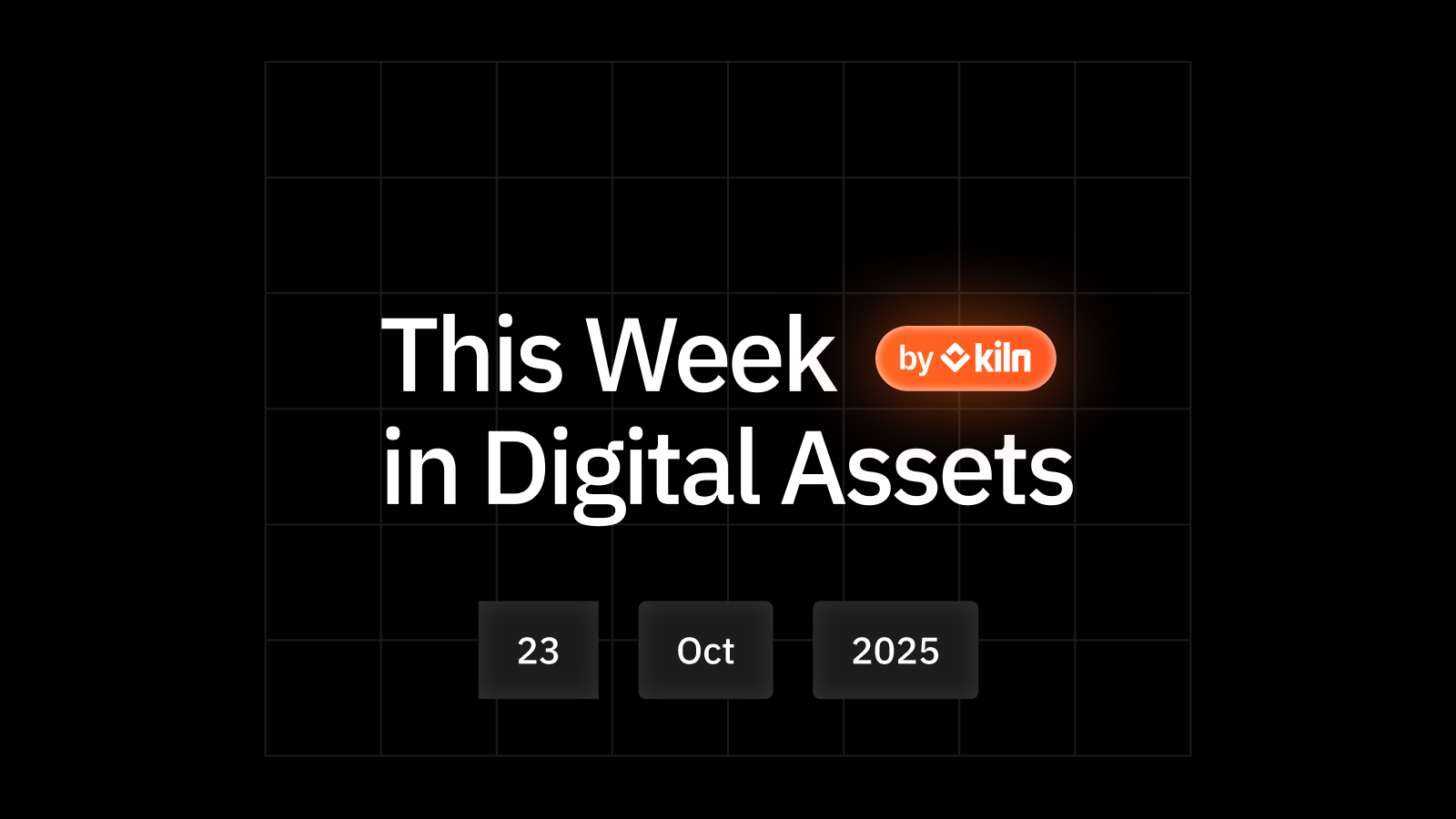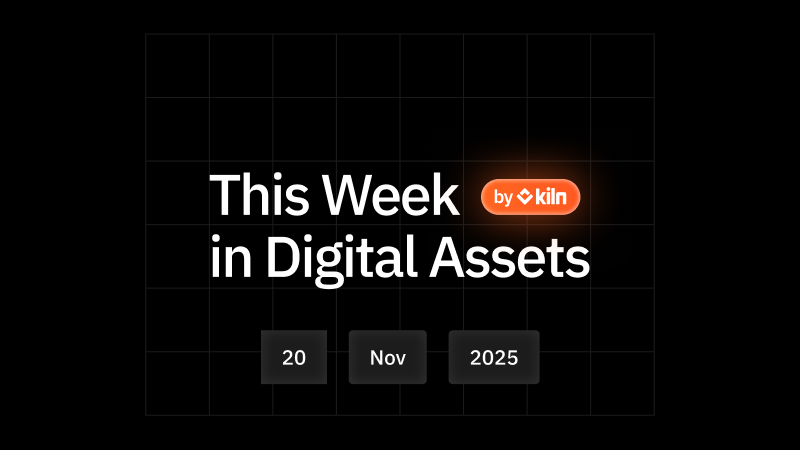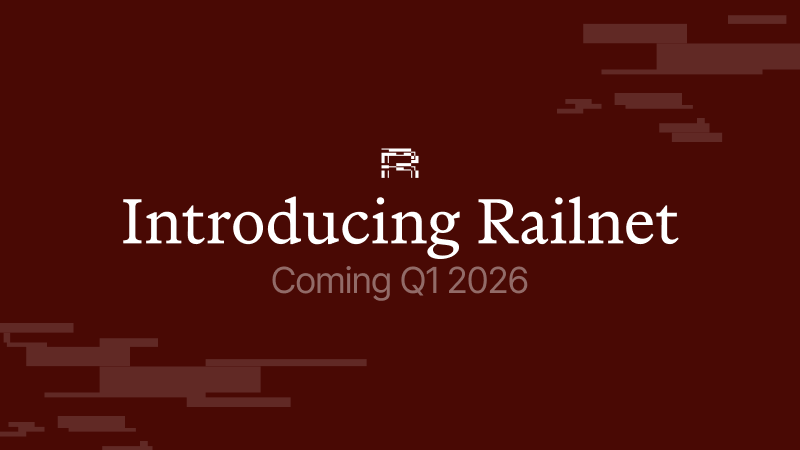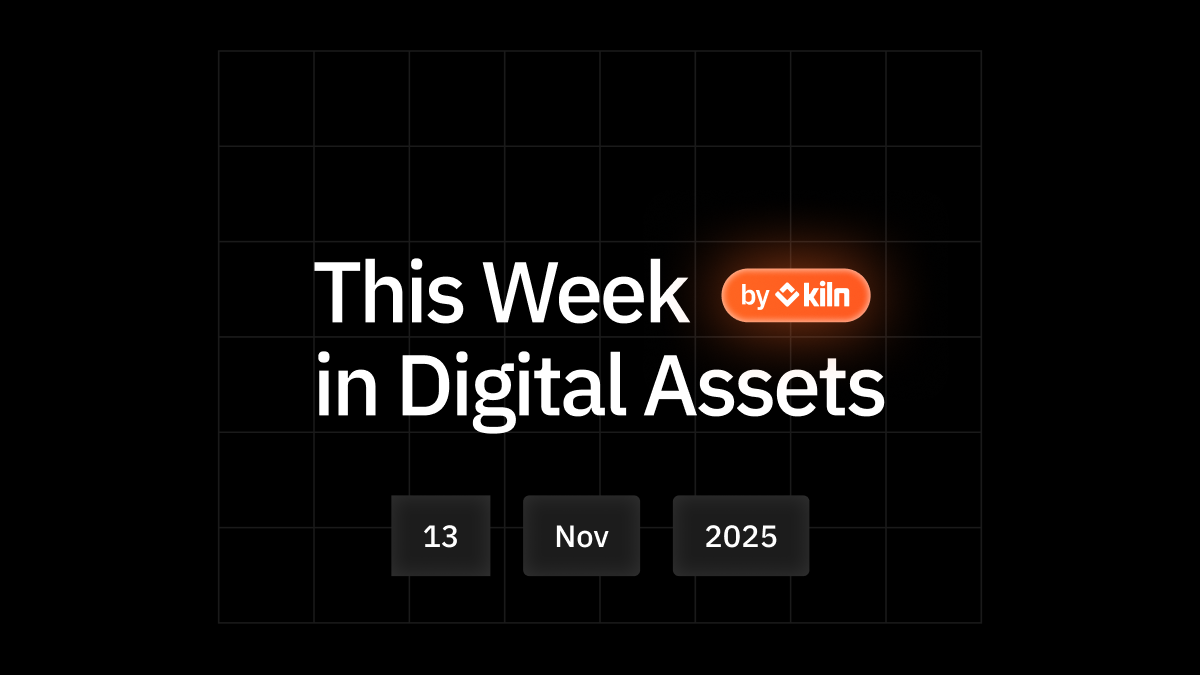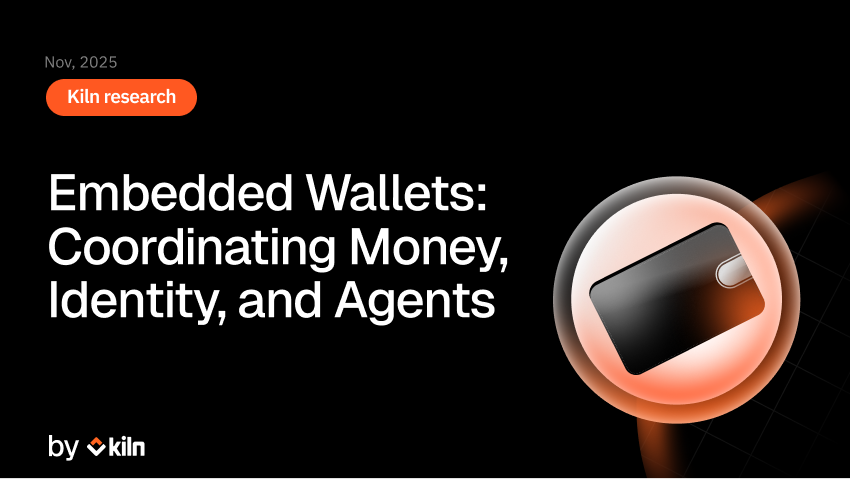This week, a top-tier active asset manager with almost $1.8 trillion in AUM seeks to launch its first crypto product, a multi-asset, actively managed crypto ETF that will hold spot positions. T. Rowe Price filed to launch the T. Rowe Price Active Crypto ETF with a 5-15 asset basket drawn from an eligibility list that includes BTC, ETH, SOL, and XRP. We view this as the start of a new phase in listed crypto exposure, where multi-asset construction and active discretion sit on top of clearer pathways that the SEC created when it approved generic listing standards for commodity products in September. While the asset manager brand matters for distribution, the more significant change is that portfolio design is now shifting beyond single-asset wrappers toward baskets that can rebalance as liquidity and reference pricing evolve.
T. Rowe’s filing contracts with another multi-asset crypto ETF ProShares, filed earlier in the week, a product that tracks the CoinDesk 20 through swaps and other derivatives with cash collateral in money-market instruments. This setup aims to deliver broad market exposure with results that closely track an index and provide a straightforward investor experience. By comparison, T. Rowe Price plans to hold the underlying assets and manage the basket actively against a market-cap style benchmark. This gives the manager room to adjust weights, add or drop assets, and time rebalances to seek incremental return. Investors who prefer simple index tracking may opt for the ProShares approach, while those who want an active manager to add value in a multi-token portfolio may prefer T. Rowe Price.
Further, T. Rowe Price plans to hold the spot crypto directly, thus, the fund can, once permitted, put select proof-of-stake assets to work through staking or liquid staking. This is evident in that the filing explicitly left room to stake or use liquid staking if there is adequate regulatory clarity. That turns the exposure from price only to price plus network rewards, which can help offset fees and support long-run results without changing the core investment idea. However, we understand that the manager, or any asset manager who intends to stake assets, needs a repeatable playbook: choose reliable validators with strong uptime, keep custody and keys secure, monitor performance, and report how much was earned and what was paid to service providers. If liquid staking is allowed, the fund can keep assets productive while still meeting day-to-day investor flows, but it is expected to use simple guardrails such as limits per protocol or provider and a conservative approach to smart-contract risk. In short, an active, spot-holding design gives T. Rowe Price tools to add value that a derivatives-only product does not have, and the managers who build sturdy, transparent staking operations will be best positioned when the rules open the door.
The regulatory backdrop now supports faster iteration for multi-asset designs that stay within a commodity-only universe and lean on surveilled pricing and qualified custody. If approvals extend beyond bitcoin and ether to additional single-asset products, we expect diversified ETFs that reference the same eligible universe will face fewer gating issues because the underlying assets will already be within the accepted surveillance and pricing framework. The remaining friction points are operational rather than conceptual. Cash-only creations can increase tracking error during volatile markets. Staking inside a listed product will require settled tax guidance and custody processes that allow delegation without introducing key risks. In the near term, these are engineering problems that experienced managers and service providers can solve with the right controls.
Over the next year, we expect a steady increase in passive and active multi-token products from large traditional asset managers. Distribution will likely gain the initial flows, then execution quality and operational maturity will determine the market share of these products. If and when staking becomes permitted, spot-holding funds will have a tool to add incremental return through network rewards, which shifts the conversation from price-only exposure to total return. That will require straightforward policies on which networks can be staked, how providers are chosen, how risk is managed, and how rewards are shared and reported. Managers who build these capabilities now, and explain them in plain language to advisors (and regulators), will set the pace once multi-asset crypto wrappers become a standard part of investor portfolios.
About Kiln
Kiln is the leading staking and digital asset rewards management platform, enabling institutional customers to earn rewards on their digital assets, or to whitelabel earning functionality into their products. Kiln runs validators on all major PoS blockchains, with over $11 billion in crypto assets being programmatically staked and running over 5% of the Ethereum network on a multi-client, multi-cloud, and multi-region infrastructure. Kiln also provides a validator-agnostic suite of products for fully automated deployment of validators and reporting and commission management, enabling custodians, wallets, and exchanges to streamline staking or DeFi operations across providers. Kiln is SOC2 Type 2 certified.









